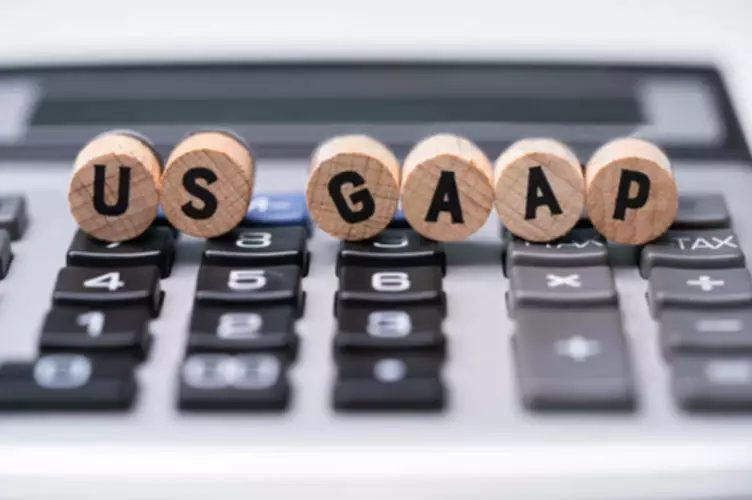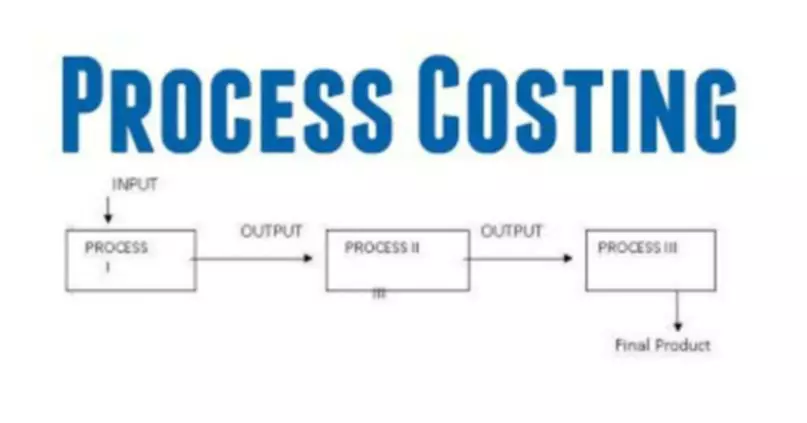Content

The net what is the accounting equation/ net loss is then added to the balance sheet and shows any changes to the owner’s equity. In case of a profit, the owner’s equity increases, while in case of a loss, equity decreases. You can find a company’s assets, liabilities, and equity on a few key financial statements, including the balance sheet and the income statement. These financial statements give a quick overview of the company’s financial position. The accounting equation makes sure the balance sheet is balanced, showing that transactions are recorded accurately.
Expanded Accounting Equation: Definition, Formula, How It Works – Investopedia
Expanded Accounting Equation: Definition, Formula, How It Works.
Posted: Sun, 26 Mar 2017 00:11:34 GMT [source]
The Accounting Equation is the primary accounting principle stating that a business’s total assets are equivalent to the sum of its liabilities & owner’s capital. It is also known as the Balance Sheet Equation & it forms the basis of the double-entry accounting system. An accounting transaction is a business activity or event that causes a measurable change in the accounting equation. Merely placing an order for goods is not a recordable transaction because no exchange has taken place. In the coming sections, you will learn more about the different kinds of financial statements accountants generate for businesses. Expense and income accounts would also have to be analyzed as they help accountants determine net profit or a net loss.
Gross profit and gross profit margin
The reason for this is that this is the accounting equation formula which is the basic foundation of the double-entry accounting system. It is also known as an Accounting Equation balance sheet since it tells us the relation between balance sheet items i.e. The accounting formula doesn’t differentiate between the types of liabilities or equity, but a company’s balance sheet will detail those differences. The balance sheet should detail all the different accounts and types of liabilities or equity, and it’ll quantify each of those categories.
- Assets are all of the things your company owns, including property, cash, inventory, accounts receivable, and any equipment that will allow you to produce a future benefit.
- Not all companies will pay dividends, repurchase shares, or have accumulated other comprehensive income or loss.
- It is based on the idea that each transaction has an equal effect.
- This practice of double-entry allows verification of transactions and the relationship between each liability and its source.
- Sometimes, liabilities are called obligations — the company has an obligation to make payments on loans or mortgages, or they risk damage to their credit and business.
This is used extensively in journal entries, where an increase or decrease on one side of the equation may be explained by an increase or decrease on the other side. In a corporation, capital represents the stockholders’ equity. Thus, the accounting formula essentially shows that what the firm owns has been purchased with equity and/or liabilities. Purchase of equipment, for example, will increase assets. The accounting equation creates a double entry to balance this transaction. If cash were used for the purchase, the increase in the value of assets would be offset by a decrease in the same value of cash.
You’re our first priority.Every time.
This equation is used to ensure that companies’ financial statements are accurate. The owner’s equity for Public Limited companies also includes shareholder’s equity plus retained earnings. This may be because such companies issue shares to the general public. Shareholders thus, in fact, are the owners of the company and their equity is in the form of investments in shares.
- Calculating the accounting formula is fairly simple and straightforward.
- The accounting equation is important because it forms the foundation for all financial statements.
- We follow ethical journalism practices, which includes presenting unbiased information and citing reliable, attributed resources.
- Increasing your gross profit margin by decreasing cost of sales lets you grow your business’ profitability without increasing sales.
- According to Accounting Scholar, ratios are the most frequently used accounting formulas regarding business analysis.
He received a $400 insurance bill for his shop two days later. Rebekiah received her BBA from Georgia Southwestern State University and her MSM from Troy University. She has experience teaching math to middle school students as well as teaching accounting at the college level.
What Is a Liability in the Accounting Equation?
Understand what the accounting equation is, learn the elements of the basic accounting equation, and see examples. If the expanded accounting equation is not equal on both sides, your financial reports are inaccurate. Keep reading to understand the accounting formula basics and how it can help you better grasp the contents of a balance sheet.

A current ratio that is too high, though, can indicate you aren’t managing your capital efficiently, and as a result your business growth could stagnate. The Accounting Equation is a vital formula to understand and consider when it comes to the financial health of your business. Unearned revenue from the money you have yet to receive for services or products that you have not yet delivered is considered a liability. Accounting equation explanation with examples, accountingcoach.com. We want to increase the asset Cash and increase the revenue account Service Revenue.
Relax—run payroll in just 3 easy steps!
You don’t need to use the company’s Cash Flow Statement to compute the accounting equation. When you divide your net income by your sales, you’ll get your business’s profit margin. Your profit margin reports the net income earned on each dollar of sales. A high profit margin indicates a very healthy company, while a low profit margin could suggest that the business does not handle expenses well. By subtracting your revenue from your expenses, you can calculate your net income. This is the money that you have earned at the end of the day.
Is not authorised by the Dutch Central Bank to process payments or issue e-money. An application under Electronic Money regulations 2011 has been submitted and is in process. We are not permitted to carry out regulated business activities.
Assets
Purchasing the office machine with cash of $1,500 means an additional $1,500 on assets for the purchased machine and a deduction of $1,500 for the assets in terms of cash going out. This will cancel the values, and no change has happened on the right side of the equation. On January 1st, 2020, Sherry took out the money from her savings for $100,000 to start her skincare business.

